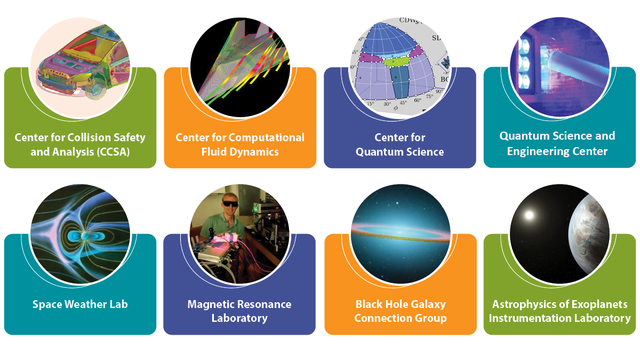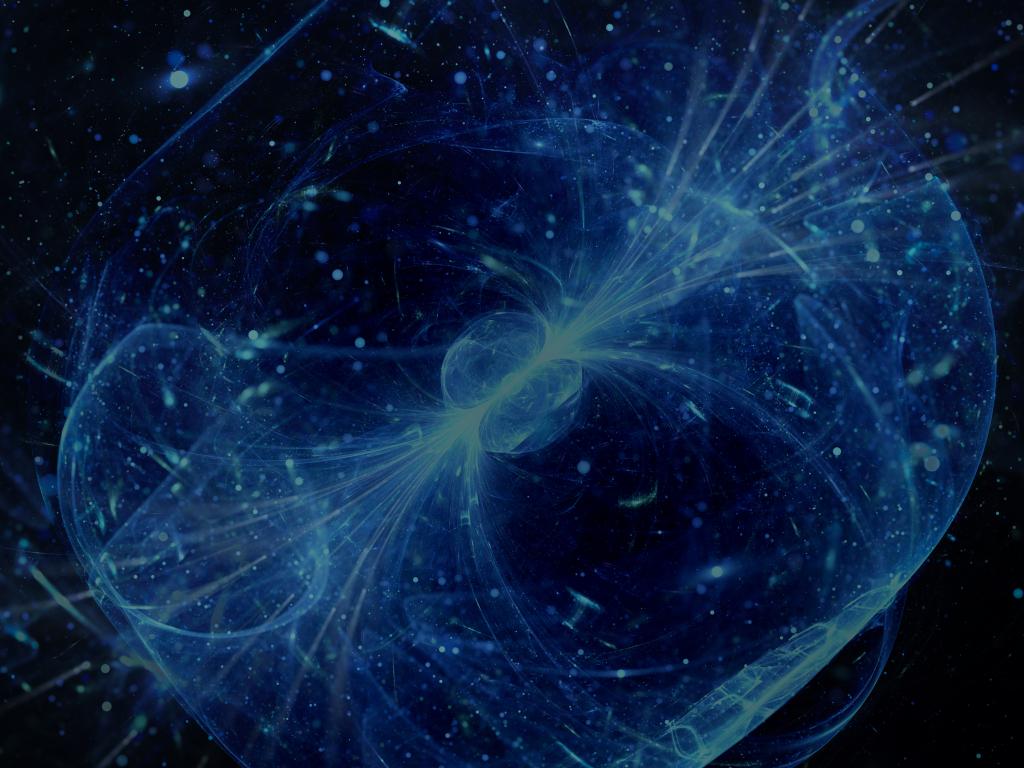Research
- Home
- Academics
- Departments & Units
- Physics and Astronomy Department
- Physics and Astronomy Research
Admission CTAs
Main navigation
Section Navigation: Physics and Astronomy Department
Image

Research Centers and Labs
- Center for Collision Safety and Analysis
- Center for Computational Fluid Dynamics
- Center for Quantum Science
- Quantum Science and Engineering Center (QSEC)
- The Space Weather Lab
- The Magnetic Resonance Laboratory
- The Black Hole – Galaxy Connection group (BGC)
- The Astrophysics of Exoplanets Instrumentation Lab
Applied Mechanics (Fluids & Solids)
- CFD: Blast-structure interaction; Marine hydrodynamics; Dispersion of hazardous materials;
Optimal shape / process design, Pedestrian flow / crowd dynamics - Solid Mechanics Group: Applying state-of-the-art computer modeling and simulation
technologies, combined with real-world data analysis and experimental test methods to solve
current transportation safety and security problems
Astrophysics
- Planetary Science and Exoplanets
- New Horizons
- Black holes, Extragalactic, and X-ray astrophysics
- Interstellar Media
- High-Energy Astrophysical Theory
Atomic, molecular, and optical physics
- Low-field magnetic resonance
- Quantum magnetometry
- Quantum information
- Quantum computation
- Quantum optics
Condensed Matter Experiment
- Quantum materials
- Low-dimensional and nano-scale physics
- Phase transitions
- Exciton photophysics
- Magnetism
- Materials discovery
Condensed Matter Theory
- Quantum materials
- strongly-correlated electrons
- Topological states of quantum matter
- Ultra-cold quantum gases
- Quantum dynamics
- Numerical many-body algorithms
Dynamical Systems/Biological Physics
- Neurodynamics
- Neuronal Networks
- Non-equilibrium physics
- Non-linear dynamics
High Energy Physics
Materials Physics
- Structure and properties of materials
- Materials discovery
- Thermodynamics and kinetics of phase transformation
- Atomistic and first-principles simulation
- Liquids and disordered systems
Physics Education Research
Space Sciences
- Atmospheric (upper atmospheric and ionospheric) and Space Sciences, space weather, and solar physics
- Space Weather Lab
